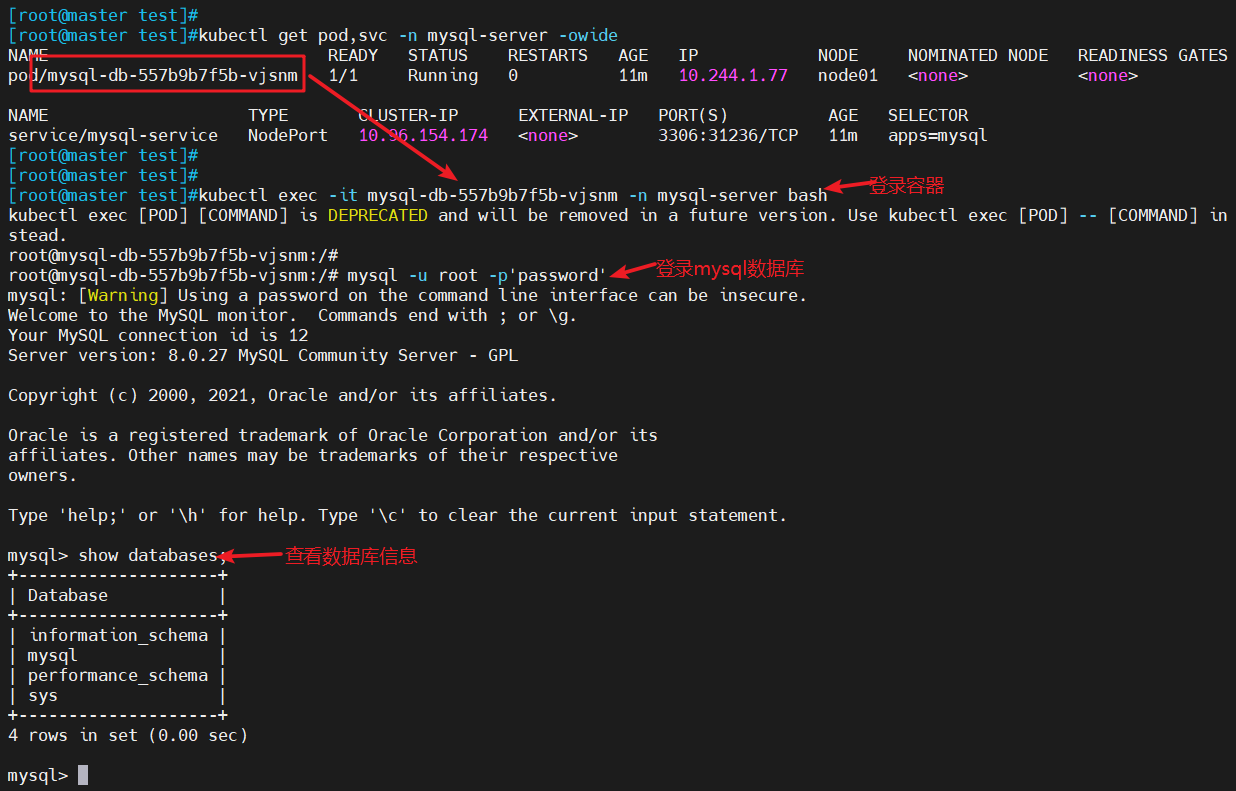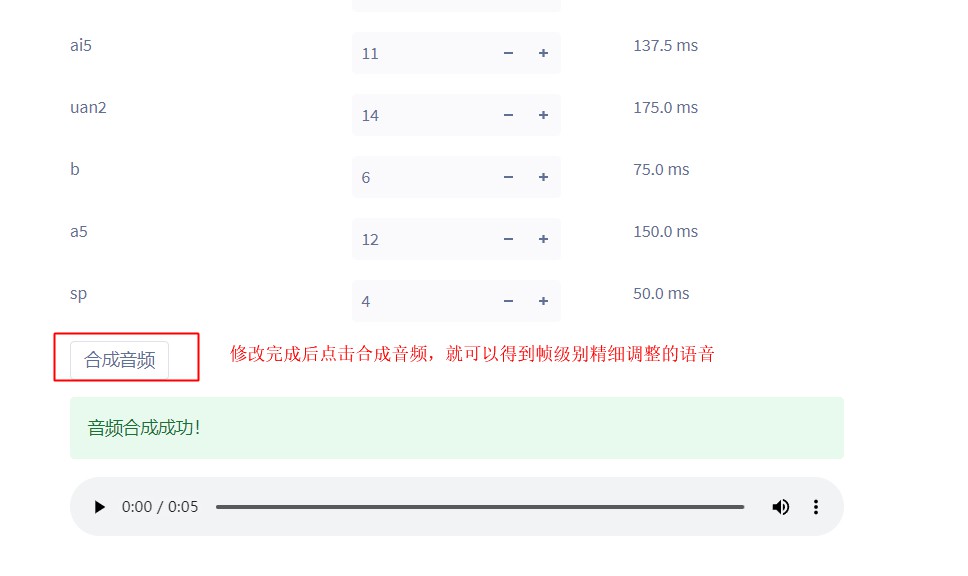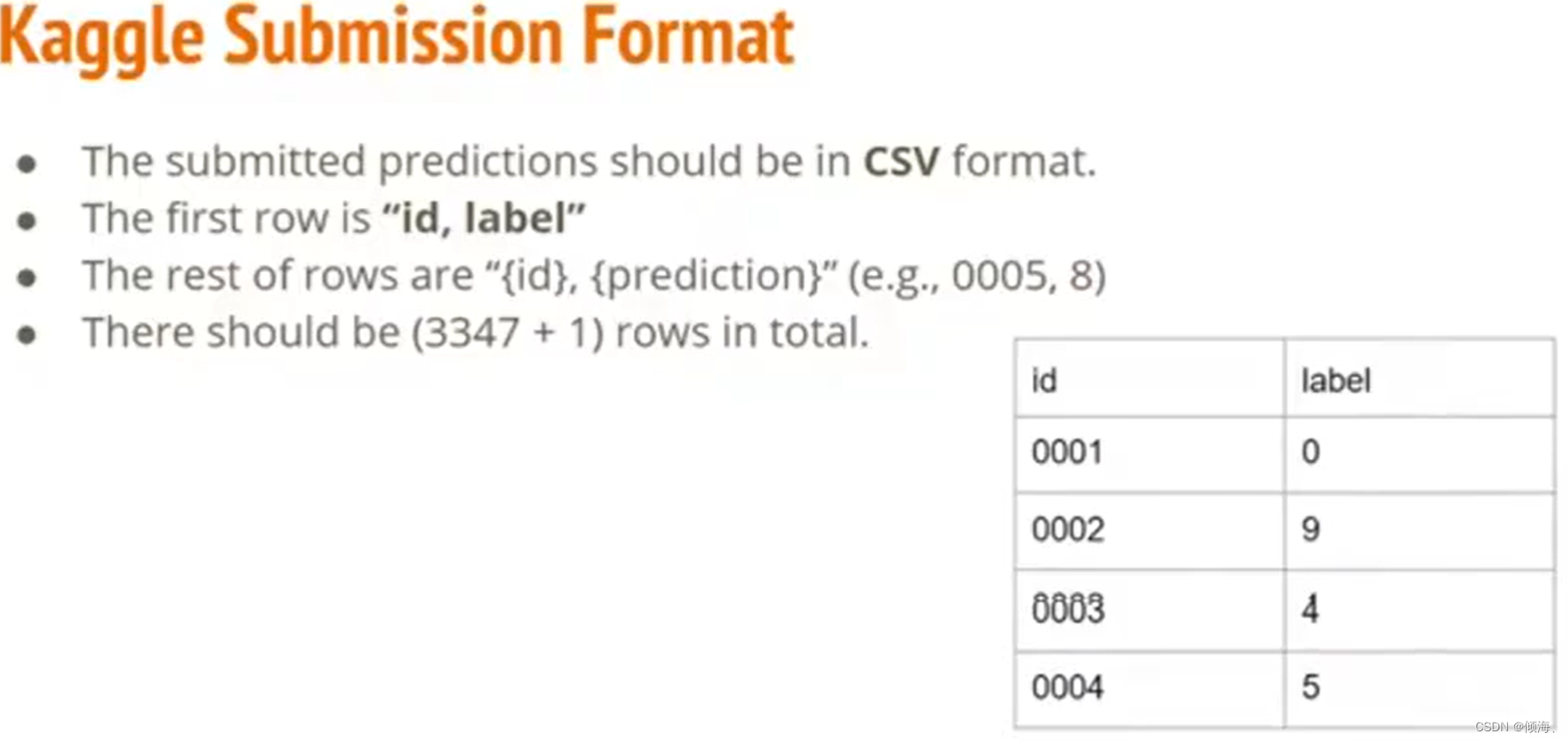本文涉及知识点
字典树(前缀树) 位运算
LeetCode1803. 统计异或值在范围内的数对有多少
给你一个整数数组 nums (下标 从 0 开始 计数)以及两个整数:low 和 high ,请返回 漂亮数对 的数目。
漂亮数对 是一个形如 (i, j) 的数对,其中 0 <= i < j < nums.length 且 low <= (nums[i] XOR nums[j]) <= high 。
示例 1:
输入:nums = [1,4,2,7], low = 2, high = 6
输出:6
解释:所有漂亮数对 (i, j) 列出如下:
- (0, 1): nums[0] XOR nums[1] = 5
- (0, 2): nums[0] XOR nums[2] = 3
- (0, 3): nums[0] XOR nums[3] = 6
- (1, 2): nums[1] XOR nums[2] = 6
- (1, 3): nums[1] XOR nums[3] = 3
- (2, 3): nums[2] XOR nums[3] = 5
示例 2:
输入:nums = [9,8,4,2,1], low = 5, high = 14
输出:8
解释:所有漂亮数对 (i, j) 列出如下:
- (0, 2): nums[0] XOR nums[2] = 13
- (0, 3): nums[0] XOR nums[3] = 11
- (0, 4): nums[0] XOR nums[4] = 8
- (1, 2): nums[1] XOR nums[2] = 12
- (1, 3): nums[1] XOR nums[3] = 10
- (1, 4): nums[1] XOR nums[4] = 9
- (2, 3): nums[2] XOR nums[3] = 6
- (2, 4): nums[2] XOR nums[4] = 5
提示:
1 <= nums.length <= 2 * 104
1 <= nums[i] <= 2 *104
1 <= low <= high <= 2 * 104
字典树
各节点记录各子树节点的数量。
n = nums.length
For i : 0 < n {
ret += f(nums[i],hight)- f(nums[i],low-1)
}
由于low>0,所有无需考虑low为0的情况。
f(nums[i],x)函数 :node
⊕
\oplus
⊕ nums[i] <=x 的数量。node 是叶子节点对应的值。
从高位到低位依次处理x,curBit是nums[i]的此二进制位。 p指向要处理的子树,初始指向根。
{
c
n
t
+
=
p
−
>
c
h
i
l
d
s
[
c
u
r
B
i
t
]
,
p
=
p
−
>
c
h
i
l
d
s
[
!
c
u
r
B
i
t
]
。
x
此位是
1
p
=
p
−
>
c
h
i
l
d
s
[
c
u
r
B
i
t
]
。
e
l
s
e
\begin{cases} cnt += p->childs[curBit],p = p->childs[!curBit]。 && x此位是1 \\ p = p->childs[curBit]。&& else \\ \end{cases}
{cnt+=p−>childs[curBit],p=p−>childs[!curBit]。p=p−>childs[curBit]。x此位是1else
结束是,如果p不为空,则说明p等于x。
无论如何,每个x的二进制位都只需要处理一个。故:处理nums[i]的时间复杂度是O(logn)。
总时间复杂度是:O(nlogn)。
字典树代码
class C2BNumTrieNode
{
public:
C2BNumTrieNode()
{
m_childs[0] = m_childs[1] = nullptr;
}
bool GetNot0Child(bool bFirstRight)
{
auto ptr = m_childs[bFirstRight];
if (ptr && (ptr->m_iNum > 0))
{
return bFirstRight;
}
return !bFirstRight;
}
int m_iNum = 0;
C2BNumTrieNode* m_childs[2];
};
template<class T = int, int iLeveCount = 31>
class C2BNumTrie
{
public:
C2BNumTrie()
{
m_pRoot = new C2BNumTrieNode();
}
void Add(T iNum)
{
m_setHas.emplace(iNum);
C2BNumTrieNode* p = m_pRoot;
for (int i = iLeveCount - 1; i >= 0; i--)
{
p->m_iNum++;
bool bRight = iNum & ((T)1 << i);
if (nullptr == p->m_childs[bRight])
{
p->m_childs[bRight] = new C2BNumTrieNode();
}
p = p->m_childs[bRight];
}
p->m_iNum++;
}
void Del(T iNum)
{
auto it = m_setHas.find(iNum);
if (m_setHas.end() == it)
{
return;
}
m_setHas.erase(it);
C2BNumTrieNode* p = m_pRoot;
for (int i = iLeveCount - 1; i >= 0; i--)
{
p->m_iNum--;
bool bRight = iNum & ((T)1 << i);
p = p->m_childs[bRight];
}
p->m_iNum--;
}
void Swap(C2BNumTrie<T, iLeveCount>& o) {
swap(m_pRoot, o.m_pRoot);
swap(m_setHas, o.m_setHas);
}
C2BNumTrieNode* m_pRoot;
std::unordered_multiset<T> m_setHas;
};
template<class T = int, int iLeveCount = 31>
class CXorLessEqual2BTrie : public C2BNumTrie<T, iLeveCount>
{
public:
int Count(T iXor,int lessEqualValue)
{
C2BNumTrieNode* p = C2BNumTrie<T, iLeveCount>::m_pRoot;
int cnt = 0;
for (int i = iLeveCount - 1; p && (i >= 0); i--)
{
const bool maxBit = lessEqualValue & ((T)1 << i);
const bool curBit = iXor & ((T)1 << i);
if (maxBit) {
auto ptr = p->m_childs[curBit];
if (nullptr != ptr) { cnt += ptr->m_iNum; }
p = p->m_childs[!curBit];
}
else { p = p->m_childs[curBit]; }
}
if (nullptr != p) { cnt += p->m_iNum; }
return cnt;
}
};
class Solution {
public:
int countPairs(vector<int>& nums, int low, int high) {
CXorLessEqual2BTrie trie;
int iRet = 0;
for (const auto& n : nums) {
iRet += trie.Count(n,high) - trie.Count(n,low-1);
trie.Add(n);
}
return iRet;
}
};
测试用例
template<class T>
void Assert(const vector<T>& v1, const vector<T>& v2)
{
if (v1.size() != v2.size())
{
assert(false);
return;
}
for (int i = 0; i < v1.size(); i++)
{
assert(v1[i] == v2[i]);
}
}
template<class T>
void Assert(const T& t1, const T& t2)
{
assert(t1 == t2);
}
int main()
{
vector<int> nums;
int low, high;
{
Solution slu;
nums = { 1, 4, 2, 7 }, low = 2, high = 6;
auto res = slu.countPairs(nums, low, high);
Assert(6, res);
}
{
Solution slu;
nums = { 9,8,4,2,1 }, low = 5, high = 14;
auto res = slu.countPairs(nums, low, high);
Assert(8, res);
}
}
2023年4月版
class C2BNumTrieNode
{
public:
C2BNumTrieNode()
{
m_childs[0] = m_childs[1] = nullptr;
}
bool GetNot0Child(bool bFirstRight)
{
auto ptr = m_childs[bFirstRight];
if (ptr && ( ptr->m_iNum >0 ))
{
return bFirstRight;
}
return !bFirstRight;
}
int m_iNum = 0;
C2BNumTrieNode* m_childs[2] ;
};
template
class C2BNumTrie
{
public:
C2BNumTrie()
{
m_pRoot = new C2BNumTrieNode();
}
void Add(int iNum)
{
C2BNumTrieNode* p = m_pRoot;
for (int i = iLeveNum - 1; i >= 0; i–)
{
p->m_iNum++;
bool bRight = iNum & (1 << i);
if (nullptr == p->m_childs[bRight])
{
p->m_childs[bRight] = new C2BNumTrieNode();
}
p = p->m_childs[bRight];
}
p->m_iNum++;
}
C2BNumTrieNode* m_pRoot;
};
class Solution {
public:
int countPairs(vector& nums, int low, int high) {
int iRet = 0;
for (const int& n : nums)
{
iRet += Count(n, high);
iRet -= Count(n, low - 1);
m_nt.Add(n);
}
return iRet;
}
int Count(const int n,int iMax)
{
int iCount = 0;
auto p = m_nt.m_pRoot;
for (int i = 15 - 1; i >= 0; i–)
{
bool bMaxOne = iMax & (1 << i);
bool bNOne = n & (1 << i);
if (bMaxOne)
{
if (p->m_childs[bNOne])
{
iCount += p->m_childs[bNOne]->m_iNum;
}
p = p->m_childs[!bNOne];
}
else
{
p = p->m_childs[bNOne];
}
if (nullptr == p)
{
return iCount;
}
}
iCount += p->m_iNum;
return iCount;
}
C2BNumTrie<15> m_nt;
};

扩展阅读
视频课程
有效学习:明确的目标 及时的反馈 拉伸区(难度合适),可以先学简单的课程,请移步CSDN学院,听白银讲师(也就是鄙人)的讲解。
https://edu.csdn.net/course/detail/38771
如何你想快速形成战斗了,为老板分忧,请学习C#入职培训、C++入职培训等课程
https://edu.csdn.net/lecturer/6176
相关下载
想高屋建瓴的学习算法,请下载《喜缺全书算法册》doc版
https://download.csdn.net/download/he_zhidan/88348653
| 我想对大家说的话 |
|---|
| 《喜缺全书算法册》以原理、正确性证明、总结为主。 |
| 闻缺陷则喜是一个美好的愿望,早发现问题,早修改问题,给老板节约钱。 |
| 子墨子言之:事无终始,无务多业。也就是我们常说的专业的人做专业的事。 |
| 如果程序是一条龙,那算法就是他的是睛 |
测试环境
操作系统:win7 开发环境: VS2019 C++17
或者 操作系统:win10 开发环境: VS2022 C++17
如无特殊说明,本算法用**C++**实现。


















